A friend asked me about the use of drones in Agriculture and audit. I love taking my Phantom out to snap some field pics (Crop fields are full of fascinating geometric patterns!), however I have no idea about agriculture.
My random thoughts on the topic:
- Drones on farm's is an ideal starting place for commercial drone use. Nearly zero uncontrolled traffic (tractors and crop dusters belong to the farm). Minimal risk of collisions. Low population density. Much better starting point than attempting to deliver drone parcels to the middle of London :)
- Easily navigated ground. Generally flat.
- Constrained area, an autonomous drone can accurately determine when it needs to return home for battery replacement
- Drones can fit a variety of cameras. Thermal imaging would be pretty relevant for determining crop health I imagine
- Consumers generally think multi rotor drones when they think drones. But based on the flat large wide spaces. I imagine fixed wing drones are more likely to be used for high level visual analysis.
- Field surveys via drone could be done at a high frequency (daily?) so it would be pretty easy to perform historical analysis of fields, look at crop reaction to weather pattern changes, pesticide treatment etc, quickly determine if there were health issues in an area of the field.
- Bonus random thought: Can we use drones to herd sheep? Do people even still herd sheep? Probably a costly exercise right now given battery life. But it would make for an interesting AI experiment. Dressing a drone/bot up as a sheep dog and mimicking it's behavior. In 100 years will sheep/cattle evolved to have learnt to obey instructions from drones rather than dogs, or will we be eating meat which has been grown sans animal, grown in a lab?
I do remember a couple of interesting links from podcasts I've listened to though referencing drone use in the wild.
Levels of Data Collection
Agriculture is pretty broad, and it looks like we will have a broad range of tech to cover different levels of detail. From what I see:
- On the ground, machines moving through fields
- Multi-propeller drone level, can get very close to ground, moving at a slow speed, stationary/slow moving analysis
- Fixed wing drone - Higher altitude
- Micro-satellite - Static daily/weekly shots
Relevant Technologies for Audit
- Vehicle: One of the above
- Camera: High res cameras, 360 cameras, looking at data in IR and other wavelengths
- Computer Vision: Processing the incoming images. Recognize appropriate features, tag them
- Data Analysis: Machine learning to look at the tags created in the above step to produce some actionable information for audit/farmers/construction managers etc.
Random Links
- An article about a group which has been conducting research above Hertfordshire in the UK. http://www.bbsrc.ac.uk/news/research-technologies/2015/150929-f-octocopter-experimental-drone-agricultural-research/
- A relevant European startup: http://gamaya.com/ Just raised $3.2M Swiss Franks.
- http://agribotix.com/
- Noukatech http://www.noukatech.com/
- These guys use computer vision in traditional farming machinery http://www.bluerivert.com/
- PlanetLabs (https://www.planet.com/) - A different take on the drone line. But to do with analysis of satellite imagery. These guys are launching heaps (100+) of cheap low orbit satellites into orbit around the earth. The idea is that they could be positioned to take high level photos of terrain (such as crops) for daily analysis. First half of below podcast is the founder talking about these satellites.
Rowbot, (http://rowbot.com/) This Week In Startups E621. These aren't drones. But Robots which operate in crop fields.
Other Audit uses
I didn't look at any other uses in audit. But the most obvious is in construction. I know there are now companies doing daily audit of construction sites using drones. The "Use a drone to take surveys of a construction site" problems is basically solved. Challenges involve automating this to a high degree, automated flying, and automated charging stations so that drones can land, re-charge, and fly again, with zero human intervention. The other challenge with the construction case is that it's more of a 3D rather than 2D scan space. So the challenges in navigation are much higher. (Also a far higher danger risk of a drone flies into a construction worker who's rappelling off the side of a building)

